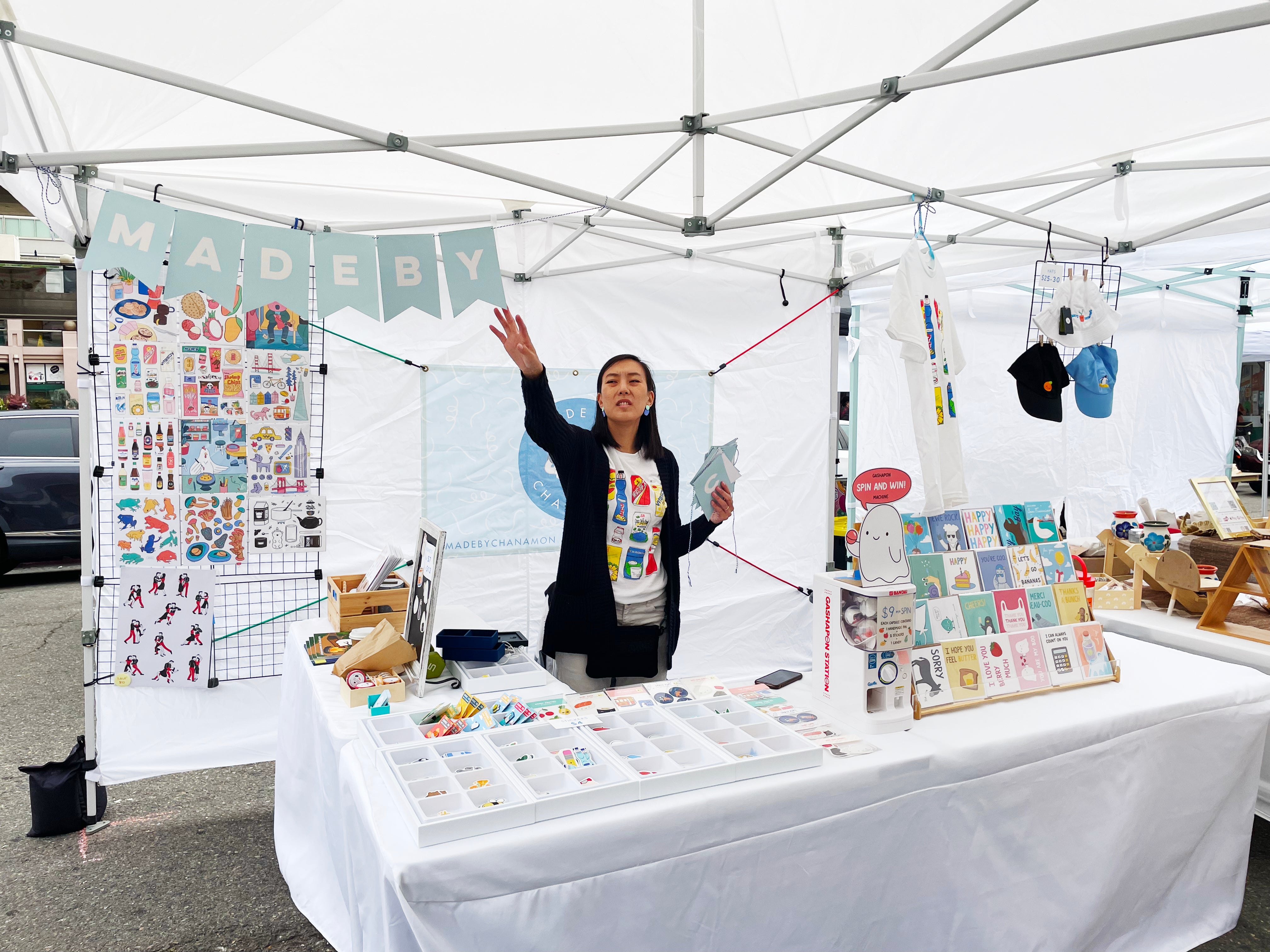
What It's Really Like To Sell At Craft Fairs
Selling in person at craft fairs can be a very exciting thing. You can get direct feedback from potential customers about your products, meet lots of other makers, and on a good day, make a lot of sales during a short period of time. There are also drawbacks to craft fairs like applications, fees, and the enormous amount of preparation that goes into it. I’d like to talk a bit about what it realistically looks like to participate in a craft fair, at least for me, and hopefully it’ll be helpful for anyone considering selling their work in person.
Let’s talk money first because that’s probably what you’re most curious about. How much does it cost to participate in a craft fair and how much money can you earn in a day selling?
The cost of participating in a fair can take form in various ways. There’s the application fee, which can vary from $0 to $50. Then there’s the actual fee to vend, which can range from $25 to $600+ for a single table spot to a 10” x 10” space. Other costs include stocking up on supplies, transportation to the event, and items to set up your booth such as display fixtures, a tent, and tables. Most notably, you have to consider the cost of your time! An event that’s free to vend at may sound great, but don’t forget that taking time to work the event as well as all the time to prep for the event adds to the cost.
The list of factors for how much you can earn selling at an event is even longer. There’s the location, if the event has a regular customer base, how well the event is marketed, how the booth map is laid out, what other events nearby are happening, the day’s weather, how well lit the space is, do the organizers take a cut of sales, I could go on and on. I’m currently frustrated with needing to find balance within these dozens of parameters. Some shows cost less but may have less foot traffic. Some with more foot traffic may be worth the higher cost, but the competition to get accepted to vend can be tough. Some shows are new so you have to guess based on very little information if the turn out will be good.
Fortunately in the Bay Area, there is a great maker community and always lots of events to vend at. Unfortunately I am only one person with a limited amount of energy and time, so I feel a lot of pressure to choose my event schedule wisely. Especially during the holidays, there are a lot of shows on the same day so I have to basically bet on which I think will be worth it for me. There are some bigger shows that have more of a guarantee of success that I am on the waitlist for, so do I book another event for that day or wait around hoping I get accepted? Twice now I have been accepted to a show TWO days before it happened. While I was very grateful for the opportunities, it was a stressful mad dash to change my plans and get ready on such short notice. Suffice it to say I’m a bit stressed right now trying to decide what moves to make and wondering if I’ll make my sales goals at the events I choose. Never mind the always looming thought that a well-marketed, well-organized, popular event could have a bad sales day just because!
This year so far I’ve vended 15 days of events and have made everywhere from $32 to $2600 in one day. The high number shows you how worth it these craft fairs can be, but the low number shows you how disappointed you could be if an event doesn’t pan out. Any number in between may sound like a decent amount to make for a day’s work at a craft fair, but let me walk you through what else goes into vending at a craft fair.
At the very top, there’s the time to research craft fairs and other vending opportunities. Where is it, who is running it, when is it, how many hours is it, how much are the fees, and is it the right market for me. Then there’s applying and hoping what you’ve presented to them is good enough for their show. If you’re fortunate enough to be accepted, then comes a lot of prep work. You need to make sure you have enough inventory to sell on that day. Sure, selling out wouldn’t be the worst thing, but wouldn’t you hate to lose out on sales and not make the most of the opportunity? And since this is an in-person event, how you present your merchandise is really important so you must have good displays and signage for your customers. For outdoor events you’ll want a tent or some kind of shade, protection from wind and rain, and things to put your merch on. Most events do not provide tents and tables for free. For night events, you’ll need to provide your own adequate lighting.
On the day of the event, you’ll need to pack up all your inventory, displays, tents, etc into a vehicle to transport to the event. For me right now, this means renting a car, carrying all my things down 2 flights of stairs, loading it into the car, unloading at the event, setting up, and doing the reverse at the end of the day. It is physically exhausting on top of the 4-6 hours standing and talking to customers in between. So even when sales are great, it’s still taxing to work them so us vendors have to be mindful of not burning out (I’m looking at you, Paulina!).
I could go on, but I think you get the picture of it being more than just one day’s work to sell at a one-day event. Obviously there are a lot of plus sides to in-person events, otherwise I wouldn’t go through the trouble, but the amount of time, energy, and money that goes into it means that I do not take it lightly.
There is so much more I could share about selling in-person, but I’ve talked enough for now! Please let me know if you found this helpful and if you’d like to hear more of my thoughts and advice about craft fairs.
You can support me by:
👩🏻🎨 Checking out my art on Instagram @madebychanamon
🧋 Giving a tip on BuyMeACoffee
👩🏻💻 Visiting my website www.chanamon.com
💌 Sharing this post with your friends

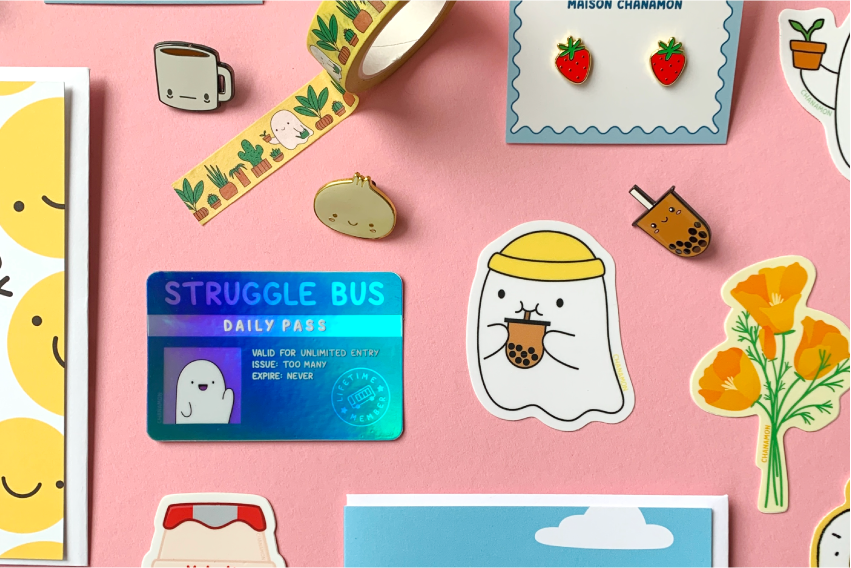



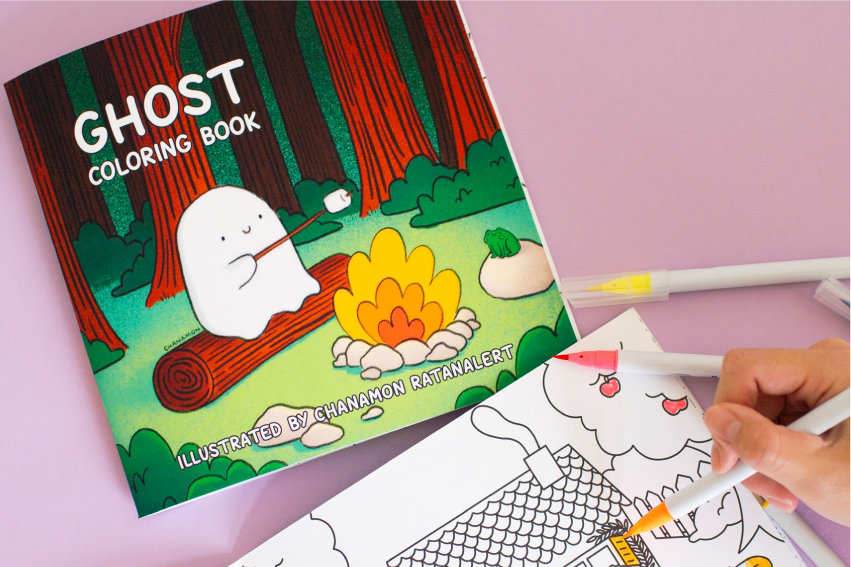


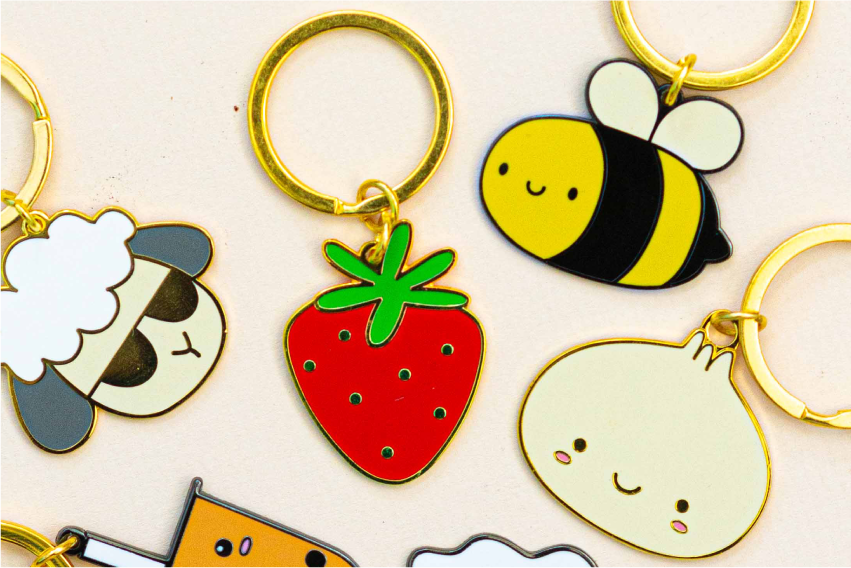
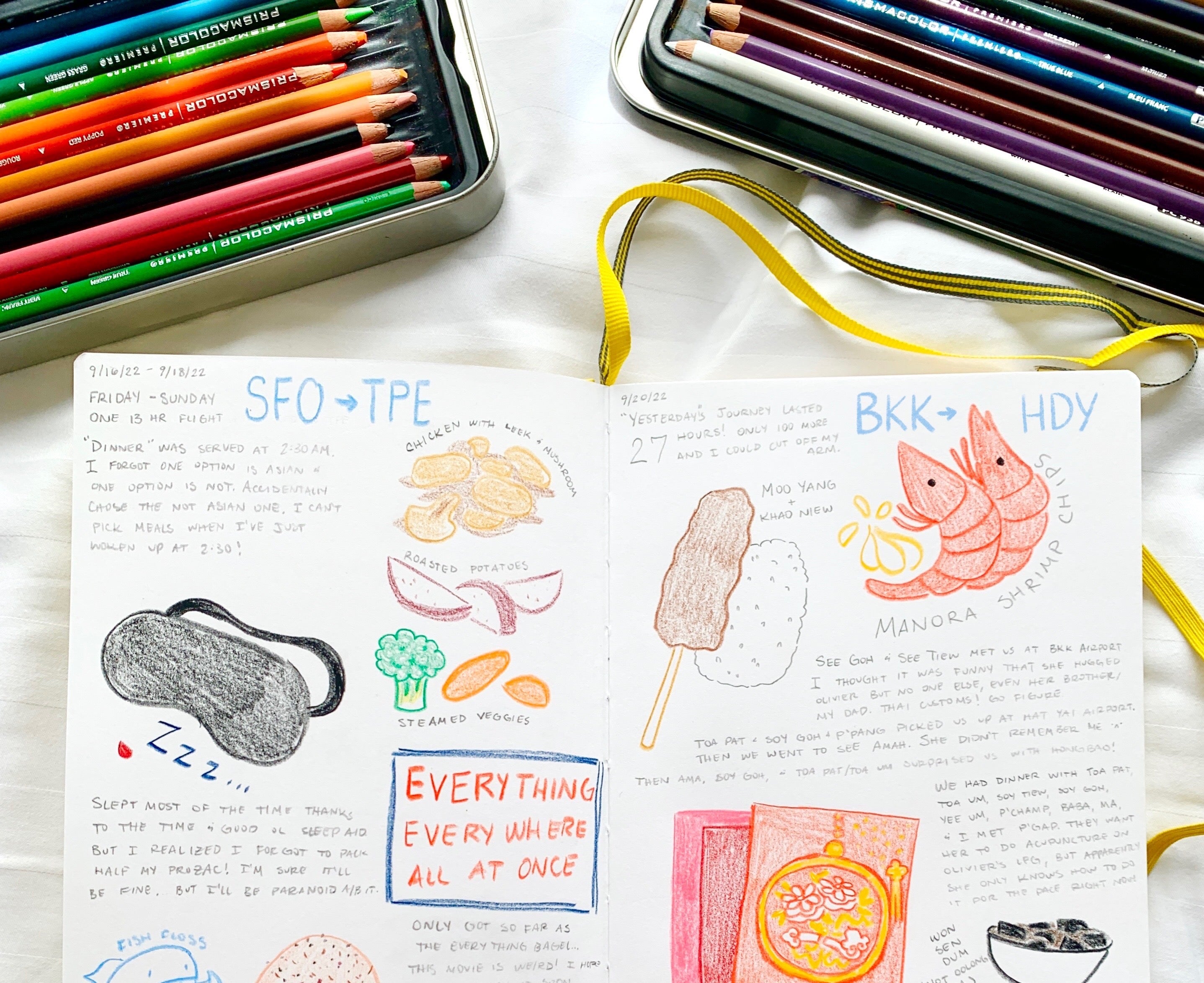

Leave a comment
This site is protected by hCaptcha and the hCaptcha Privacy Policy and Terms of Service apply.